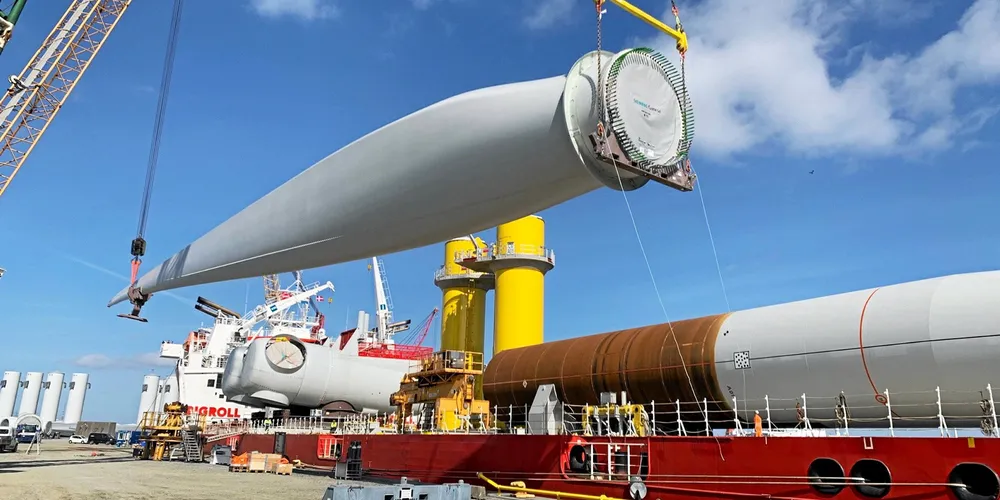Biden's ambitious 2030 US offshore wind goal 'unattainable due to bottlenecks': IHS Markit
Complex permitting process, undersized supply chain and lack of Jones Act-fit installation vessels will lead to only 21GW of 30GW targeted being built this decade, says analyst
